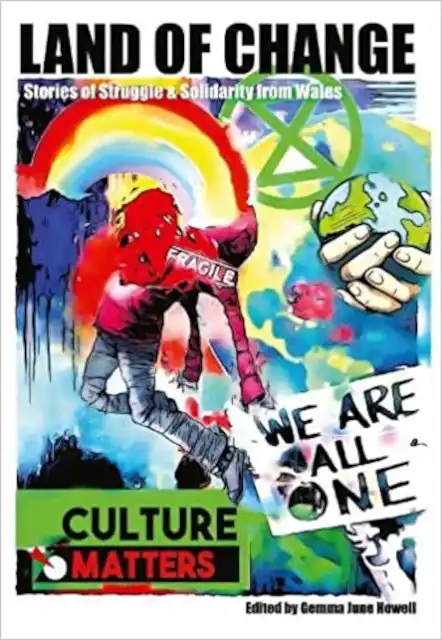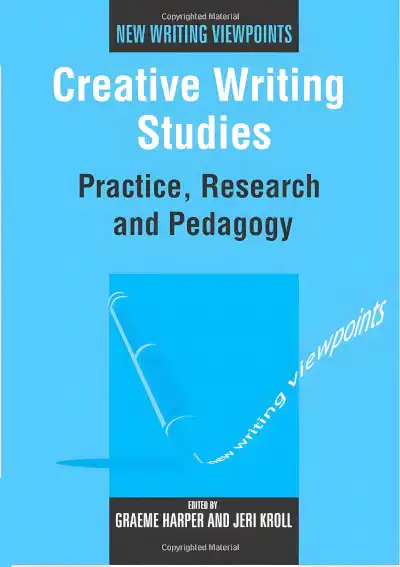
‘A enir cenedl ar unwaith?’
News from Rob Mimpriss
18th October 2013: Reading Wales: Revenant by Tristan Hughes
Three young adults converge on Beaumaris, where they were raised, in Revenant, a novel by Tristan Hughes published by Picador in 2008. As they wander round the town and nearby woods and beaches, revisiting their old haunts, they remember their friendship with each other and with Del, whose death as a teenage girl they have come home to commemorate. Each of Del’s three friends, Neil, Ricky, and Stephanie, narrates a chapter in turn, and the style moves between the poetic, the colloquial and the matter of fact, to match their viewpoints and voices.
About a dozen members of the Reading Wales book group gathered at Palas Print bookshop, Bangor for cheese and wine, and for rich, detailed discussion of the book, exploring its characterisation, its use of place, and its structure. Many of us had found the book rather difficult to read, especially the early chapters. The polyphonic technique and the shifts between present and past were hard to follow, and some of us felt that characters were defined more through tone and contrast (poetic descriptions versus pop-culture references, suggestibility versus cynicism) than through detailed investigation of their individual temperaments. All three narrators tended to drift into poetic evocations of memory and place, using language far lovelier than they would in real life, but we accepted this trade off between realism and effect. Moreover, if the four characters were a little one-dimensional as individuals, the novel was more concerned with portraying a knot of teenagers growing up in a rural town. It explored their admirations, jealousies and attractions as an inward-looking group, and hinged on their attempts to stave off boredom. Del is their ringleader, and her riskier games, climbing dangerous cliffs to steal birds’ eggs, or breaking and entering a holiday home for the thrill, helped prepare us for the novel’s end.
Beaumaris is never referred to explicitly. However, the waterfront, the view of Snowdonia and the Great Orme, the Menai, the castle and the mediaeval prison were unmistakeable, while nearby Puffin Island is mentioned by name. We agreed that the story could have taken place in any postwar decade, though the year 2001 is mentioned as the year that the characters return to Beaumaris. Wales and Anglesey are more or less a part of the characters’ identities, a place to boast that one is from, or in Neil’s case a place to fail to escape from, while the empty classroom in the closed-down school still displays key dates in Welsh national history. We agreed that the significance of those dates would escape an English reader, perhaps even a Picador editor, and some of us felt that Hughes’s use of his setting was uncertain. The description was detailed and specific according to some of us, yet according to some of us inaccurate or even unfair, and any small coastal town in the world could have served as the backdrop for the characters’ rites of passage. As a reading group we often express the opinion that Anglophone writers should show an authentic Wales, that they should not perpetuate clichés or falsify Welsh experience, and that Welsh writers should write for Welsh readers, some of the time at least. Yet I personally was raised in Wales by English parents, feeling sometimes an insider and sometimes an outsider, and sometimes more engaged with landscape than with culture. I was both moved and comforted by the characters’ ambivalent relationship with their hometown, and I felt that their origin was both a privilege and a slight loss, as mine was.
We agreed that the novel was carefully structured, perhaps under the influence of Emyr Humphreys’ A Toy Epic, in which three narrators describe their childhood in Denbighshire, or under the influence of Graham Swift’s Last Orders, in which various narrators commemorate the death of a friend. Neil, Ricky and Steph are united by their memories of Del’s death by drowning, trying to row single-handed from Anglesey to Puffin Island in a stolen boat. As they move through the town towards the beach where she set off, the novel seems to shimmer between elegy and foreboding, and references to shipwrecks, tides and currents, fear of the water and bodies washed up by the sea, permeate it throughout. But in addition, each of the three has some individual trauma that comes to the surface as the book proceeds. Hence, Ricky vandalises the school where he was brutalised for being of mixed race as a child, Steph sets fire to the abandoned cottage where she was raped, and Neil punches Steph for failing to save the drowning Del, perhaps in revenge for that one time long ago when she left her alone with a paedophile. Clearly this structure is the product of careful thought, but we questioned whether Steph’s behaviour was consistent and realistic, whether someone who had allowed the drowning of a friend would not seem more obviously traumatised from the start. We felt that the characters had been placed within a pre-existing plot and structure, and were not given more life or detail than was necessary to their roles.
Initially, our discussion was divided between readers who saw real talent in Hughes’s style and serious artistry in his structure, and readers who also found the novel calculated, opaque or slow-paced, but we converged in acknowledging a good and worthwhile book with some weaknesses. Intriguingly, lecturers and professors of literature liked the book slightly more than scientists and booksellers, and we agreed that this is the kind of book that needs to be read in one sitting. Reading Wales meets again on Wednesday, November 13th to discuss Glyn Jones’s novel, The Island of Apples, first published in 1965 and still in print.
This account of Revenant, a novel by Tristan Hughes, and discussion of the book by the Reading Wales book group, first appeared on the Reading Wales blog.
All newsFeatured Posts
Books by Rob Mimpriss
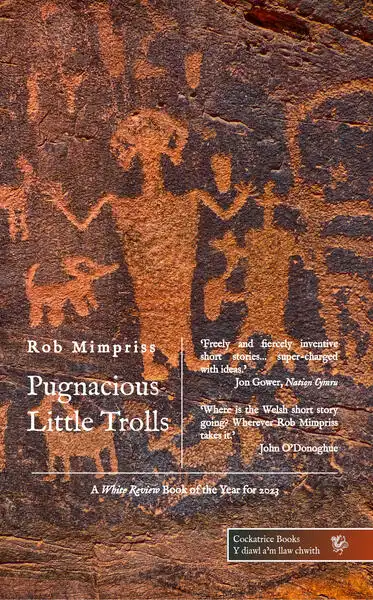
Pugnacious Little Trolls
‘freely and fiercely inventive short stories… supercharged with ideas.’
Jon Gower, Nation Cymru
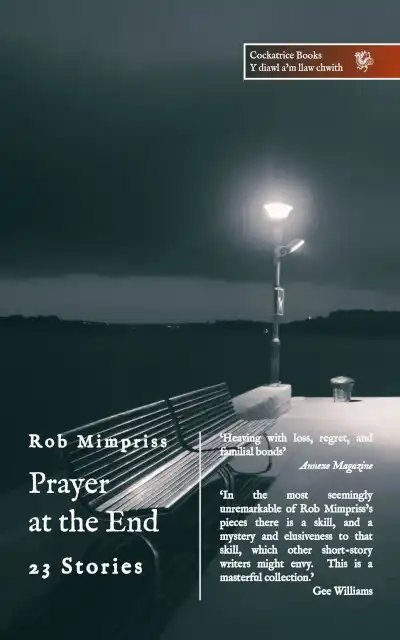
Prayer at the End: Twenty-Three Stories
‘heaving with loss, regret and familial bonds.’
Annexe Magazine
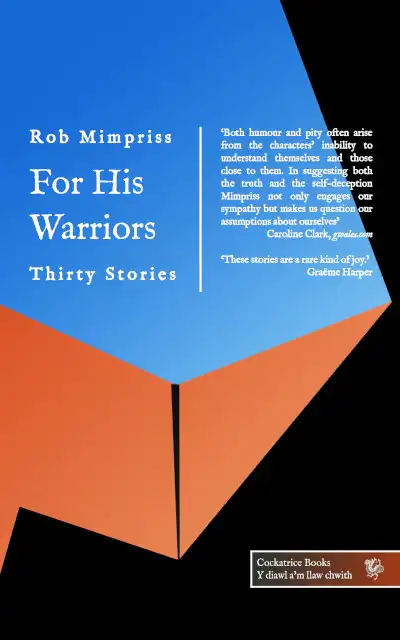
For His Warriors: Thirty Stories
‘sketched with a depth and sureness of touch which makes them memorable and haunting.’
Caroline Clark, gwales.com
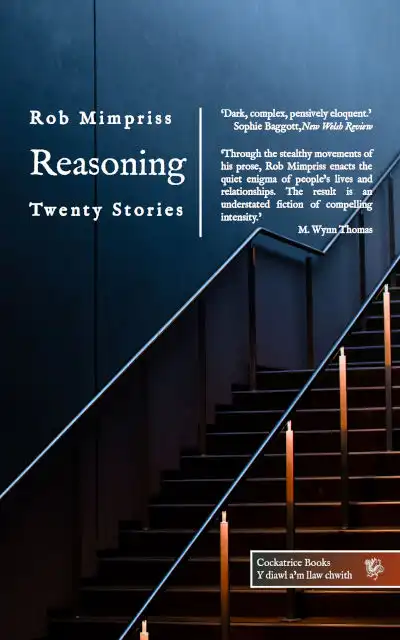
Reasoning: Twenty Stories
‘dark, complex, pensively eloquent’
Sophie Baggott, New Welsh Review

The Sleeping Bard: Three Nightmare Visions of the World, of Death, and of Hell
Translated by T. Gwynn Jones, with an introduction by Rob Mimpriss.
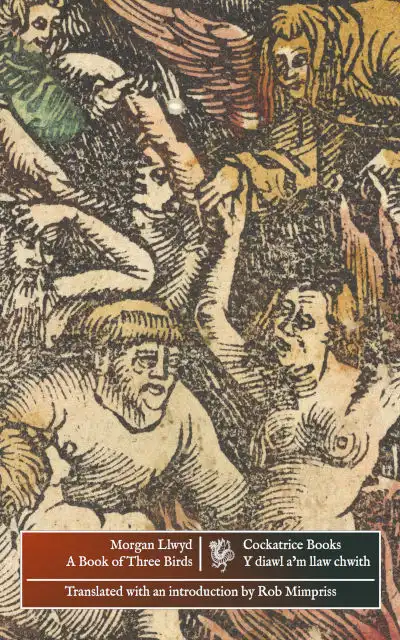
A Book of Three Birds
‘Lucid, skilful, and above all, of enormous timely significance.’
Jim Perrin
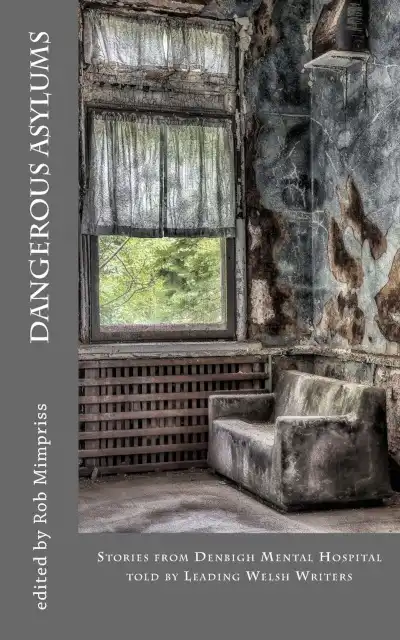
Dangerous Asylums
‘In this exemplary collaboration between medical science and imagination, lives preserved in official records, in the language and diagnoses of their times, are restored not just to light, but to humanity and equality. This anthology is a resurrection.’
Philip Gross
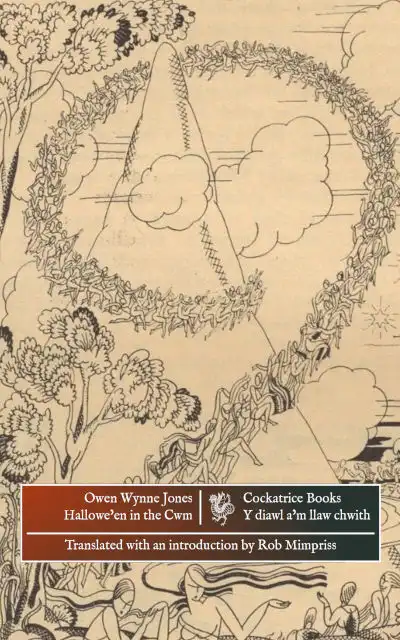
Hallowe’en in the Cwm: The Stories of Owen Wynne Jones
‘An invaluable translation.’
Angharad Price
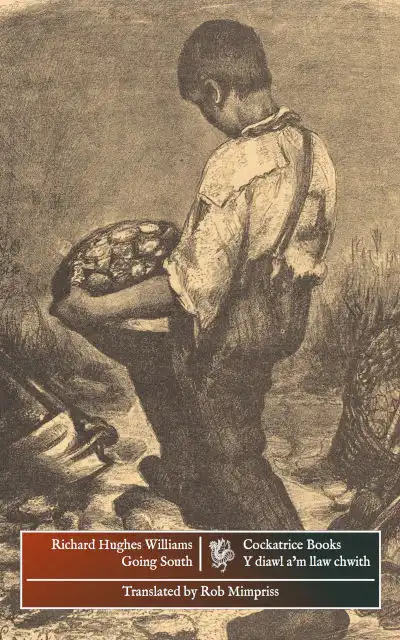
Going South: The Stories of Richard Hughes Williams
Translated by Rob Mimpriss, with an introduction by E. Morgan Humphreys
